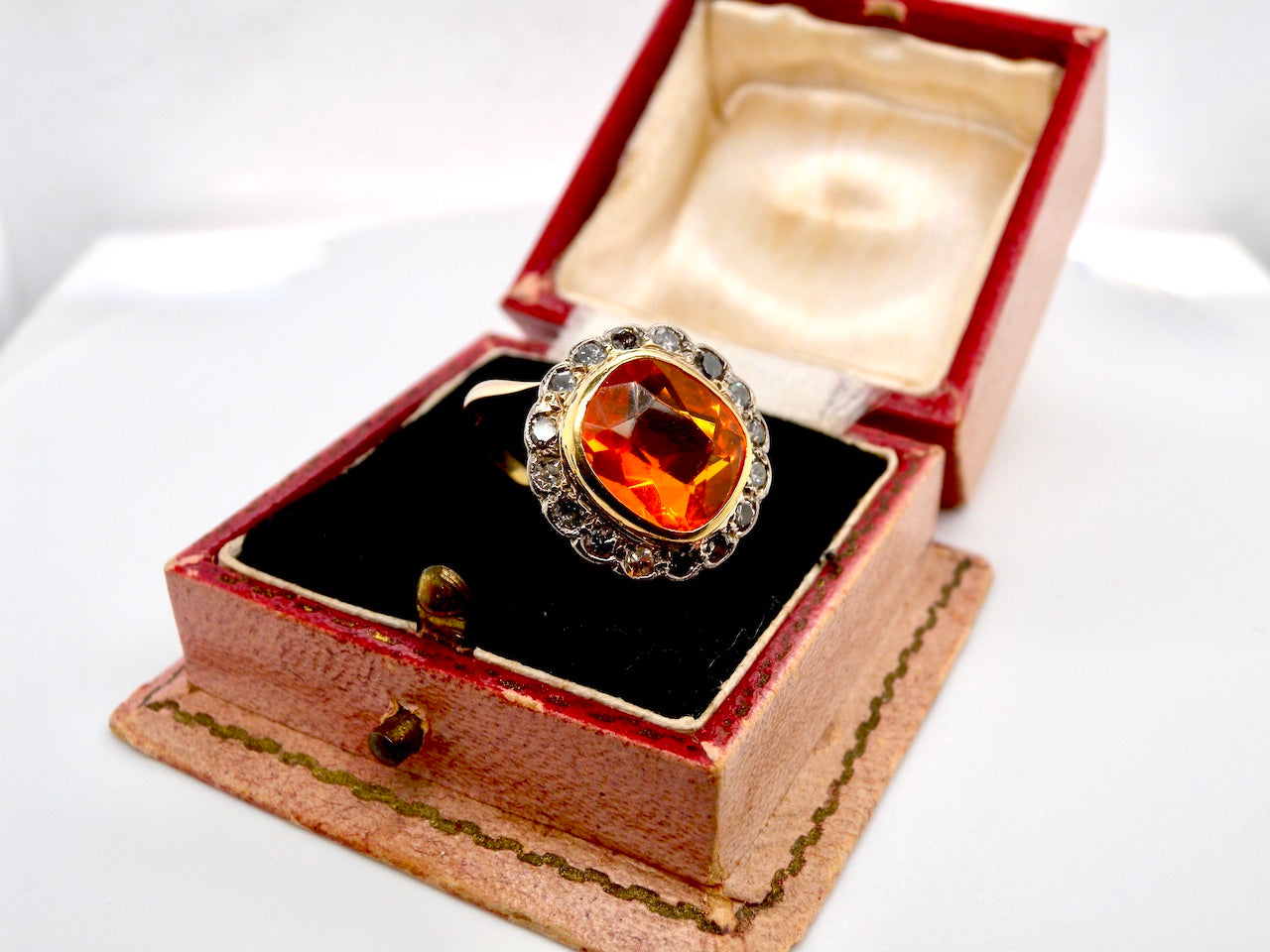Preserving vintage jewellery isn't just about maintaining their aesthetic appeal; it's about honoring their history and ensuring they endure for future generations to appreciate. Whether you've inherited vintage treasures or enjoy collecting them, knowing how to care for and maintain these pieces is essential. This blog post delves into valuable tips for properly preserving your vintage jewellery, from understanding materials to storage solutions and restoration techniques.
Understanding Vintage Jewellery Materials
When it comes to vintage jewellery, each piece not only carries a unique aesthetic but also historical significance, making understanding the materials used in these pieces crucial for their preservation. Here’s a deeper look into the various materials commonly found in vintage jewellery and how their specific characteristics influence care and maintenance.
Metals Commonly Used
Vintage jewellery often features a variety of metals, each requiring different care:
- **Silver**: Frequently used in vintage jewellery, silver tarnishes when exposed to air and humidity. Storing silver pieces in anti-tarnish bags or cloth-lined boxes can prevent oxidation.
- **Gold**: Used across different eras, gold's purity can vary. Higher karat gold (above 18k) is softer and more prone to scratching, requiring gentle handling.
- **Platinum**: Strong and durable, platinum is often found in Art Deco jewellery. It maintains its color and finish well but can still benefit from regular cleaning to maintain its shine.
- **Brass and Copper**: Less common but valued for their distinct colors, both metals tarnish over time. They require polishing and proper storage to maintain their beauty.
Gemstones and Their Care
Vintage jewellery may include a range of gemstones, each with specific needs:
- **Diamonds**: While durable, vintage settings can loosen over time, so regular checks are necessary to ensure the stones remain secure.
- **Pearls**: Extremely delicate, pearls should be kept away from cosmetics and cleaned with a soft, damp cloth. They should be restrung periodically to ensure the stringing material remains strong.
- **Opals**: Sensitive to heat and dehydration, opals need a humid environment to prevent cracking. Avoiding sudden temperature changes is key to their care.
- **Emeralds**: Often included in vintage pieces, emeralds are prone to scratching and oil treatments can wear off, so they should be cleaned and handled carefully.
Specialty Materials
Beyond traditional metals and gemstones, vintage jewellery may include materials such as:
- **Bakelite**: An early plastic popular in the 1930s and 1940s, Bakelite should be cleaned with a soft cloth and mild soap; harsh chemicals can damage its surface.
- **Enamel**: Used to add color and artistry, enamel can chip and crack if not stored properly. It should be kept away from other jewellery that might scratch its surface.
- **Ivory and Bone**: These organic materials require conditions that are not too dry or humid to prevent cracking. They should be wiped with a moist cloth and immediately dried to maintain their condition.
Importance of Material Knowledge
Understanding the materials in vintage jewellery is not just about keeping these pieces in good condition—it's also about appreciating their historical contexts and the craftsmanship involved. Whether you're a collector or inheriting family heirlooms, knowing what your jewellery is made from can help you make better decisions about its care and ensure it continues to be enjoyed for years to come. This knowledge is essential for any restoration work, as maintaining the integrity of original materials is key to preserving both the value and the heritage of vintage jewellery.
Cleaning Techniques for Vintage Jewellery
Proper cleaning is vital for preserving the beauty and integrity of vintage jewellery, each piece requiring careful handling to maintain its condition without causing damage. Here's a guide to effective and safe cleaning techniques for various types of vintage jewellery.
General Cleaning Tips
Before cleaning any vintage jewellery, it is crucial to inspect each piece for loose stones or signs of wear, as these issues can be exacerbated by cleaning. Use a soft brush, like a baby toothbrush, to gently remove dust and dirt from intricate metal work and around stones. For cleaning solutions, opt for mild, non-detergent soap mixed with warm water. Soak the jewellery briefly, then gently scrub with the brush, taking care not to disturb fragile settings. Rinse the jewellery under warm running water, and always plug the sink or work over a bowl to avoid losing any pieces. Pat dry with a soft, lint-free cloth.
Specific Material Considerations
- **Silver Jewellery**: Silver polish or a homemade paste of baking soda and water can be used to remove tarnish from silver pieces. Apply the polish with a soft cloth, gently rubbing the silver to restore its shine, then rinse and dry thoroughly. For heavily tarnished items, professional cleaning might be necessary to avoid damaging the piece.
- **Gold Jewellery**: Gold does not tarnish like silver, but it can still accumulate grime. Soak gold jewellery in a solution of warm water and a few drops of mild dish soap, then gently brush with a soft-bristled brush. Rinse thoroughly to remove any soap residue and dry with a soft cloth.
- **Gemstones**: Hard gemstones like diamonds, sapphires, and rubies can be cleaned with the same mild soap solution used for metals. However, softer stones like opals, pearls, and emeralds require special care. For these, merely wipe gently with a damp cloth moistened with clean water. Avoid submerging pearls and opals in water as this can weaken their structure and luster.
- **Costume Jewellery**: Given the variety of materials and often less robust construction, costume jewellery should be cleaned with utmost care. Avoid soaking and harsh chemicals. Instead, lightly wipe with a damp cloth and immediately dry. For pieces with glued-in gemstones, avoid getting the settings wet to prevent loosening the adhesive.
By adhering to these cleaning techniques, you can help ensure that your vintage jewellery remains in excellent condition, retaining its beauty and historical value for years to come. Regular maintenance and careful handling are the keys to the longevity of these precious pieces. You can always check our shop in Frome for fine vintage and antique jewellery
You May Also like:The Ultimate Vintage Jewellery Price Guide



